Lightning Protection Timing and Maintenance
Lightning protections are most critical during periods of increased thunderstorm activity. Implementing protections before the storm season begins ensures structures are prepared to withstand lightning strikes. Proper timing minimizes damage risk and enhances safety.
Installing lightning protection systems before thunderstorms start provides optimal readiness and reduces the risk of damage during peak storm periods.
Adding protections during ongoing storms is not recommended due to safety concerns and potential system limitations.
Assessing and maintaining protections after storm seasons ensures continued effectiveness and addresses any damage caused.
Regular inspections and maintenance should be scheduled in periods of low storm activity to ensure system integrity.
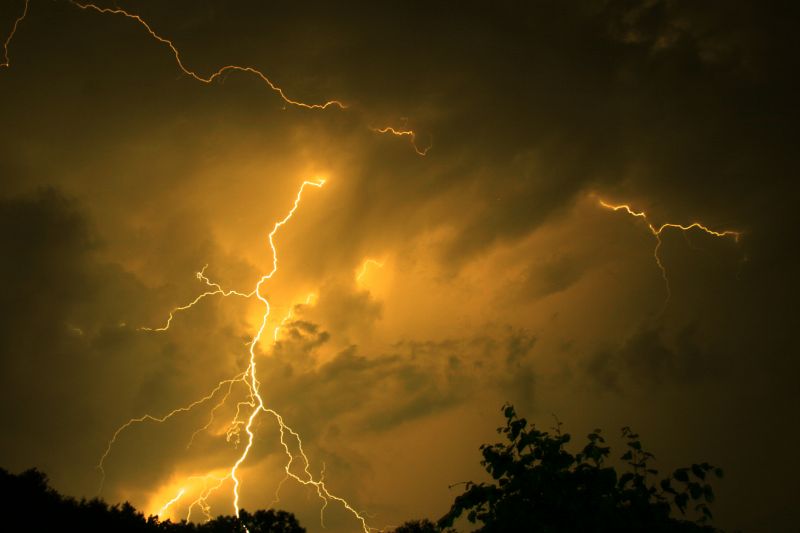
A lightning bolt striking a tall structure, illustrating the importance of timely protections.
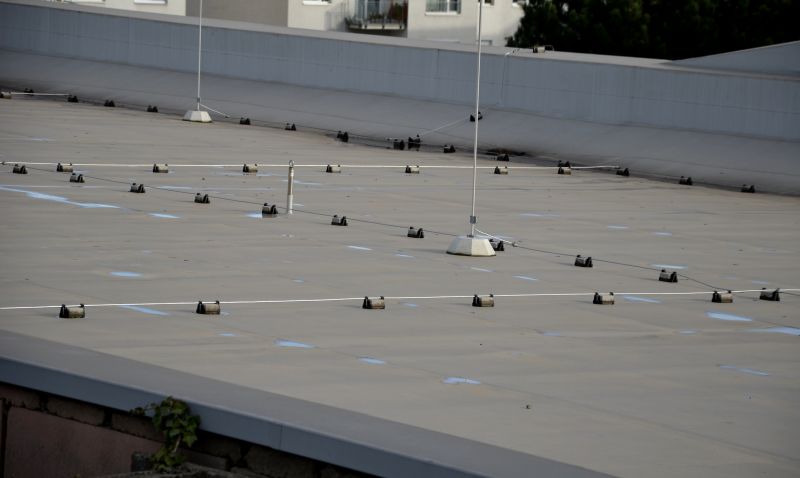
Installation of lightning rods and grounding systems to safeguard structures.

Dark storm clouds indicating increased lightning activity, emphasizing timing considerations.

Ways to make Lightning Protections work in tight or awkward layouts.

Popular materials for Lightning Protections and why they hold up over time.
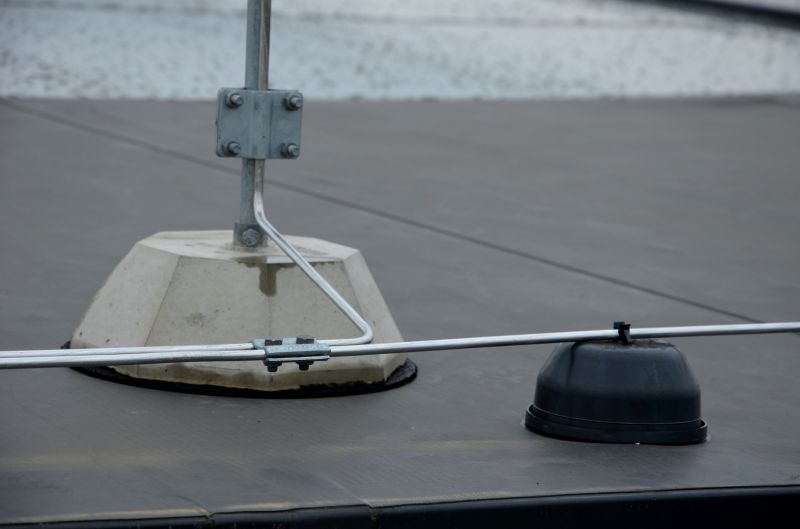
Simple add-ons that improve Lightning Protections without blowing the budget.
| Timing Aspect | Details |
|---|---|
| Pre-Season | Install and inspect systems before thunderstorms begin. |
| During Storms | Avoid installing or modifying protections during active storms. |
| Post-Storm | Conduct inspections and repairs after storms. |
| Maintenance | Schedule regular system checks during low activity periods. |
| Monitoring | Use lightning detection to assess risk and timing. |
Lightning protections involve a combination of grounding systems, lightning rods, and surge protectors designed to redirect lightning strikes safely away from structures. Proper timing ensures these systems are effective when storms are most likely to occur. Statistics show that effective lightning protection can significantly reduce damage costs and improve safety during thunderstorm seasons.
Implementing lightning protections at the appropriate times minimizes the risk of electrical fires, equipment damage, and structural harm. Regular maintenance and timely upgrades are essential to maintain system reliability and effectiveness against lightning strikes.
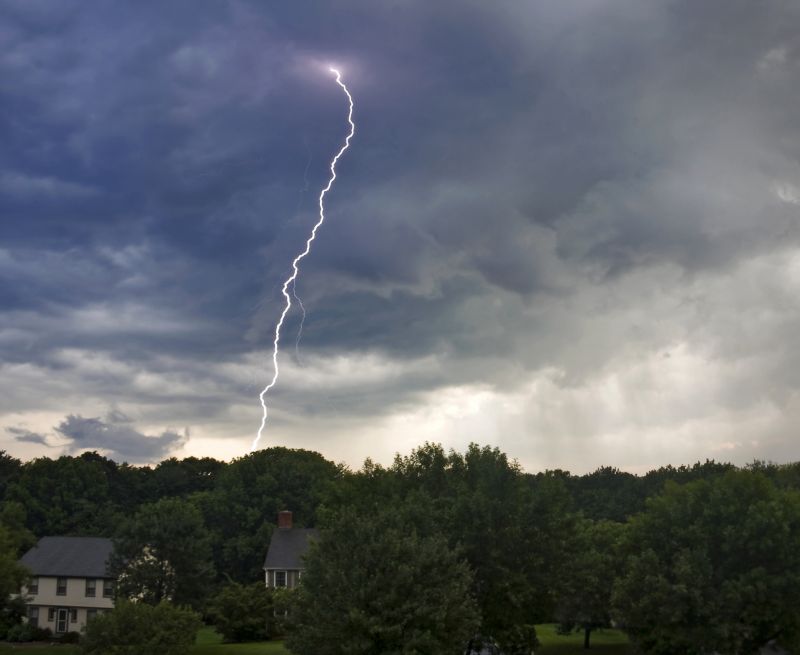
A building struck by lightning, highlighting the importance of protection timing.

Grounding rods and cables connected to a structure's lightning protection system.
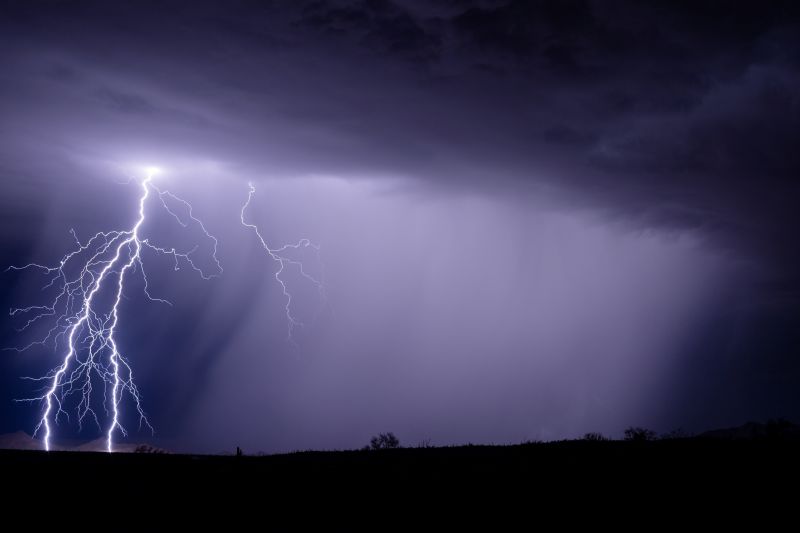
A sky filled with storm clouds, emphasizing the need for preparedness.
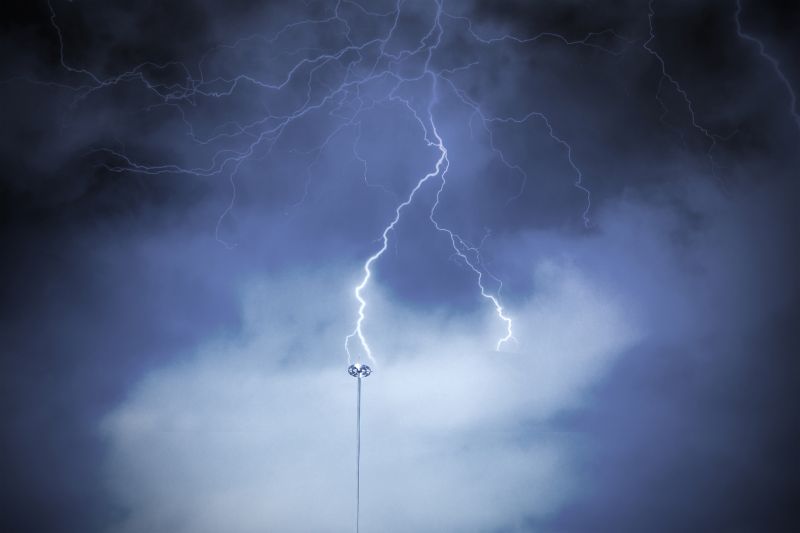
High-end options that actually feel worth it for Lightning Protections.
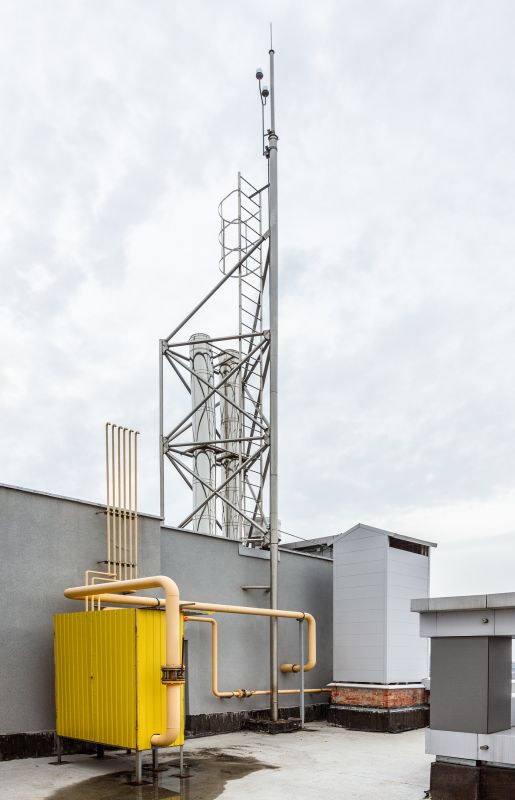
Finishes and colors that play nicely with Lightning Protections.
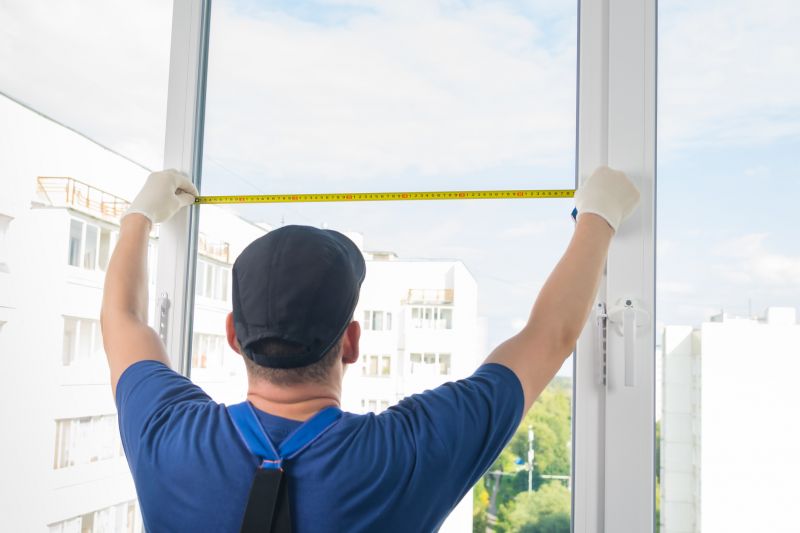
Little measurements that prevent headaches on Lightning Protections day.
Interested parties are encouraged to contact for more information on timing strategies and system installation to ensure optimal lightning protection. Proper planning and execution can help mitigate risks associated with lightning strikes.



